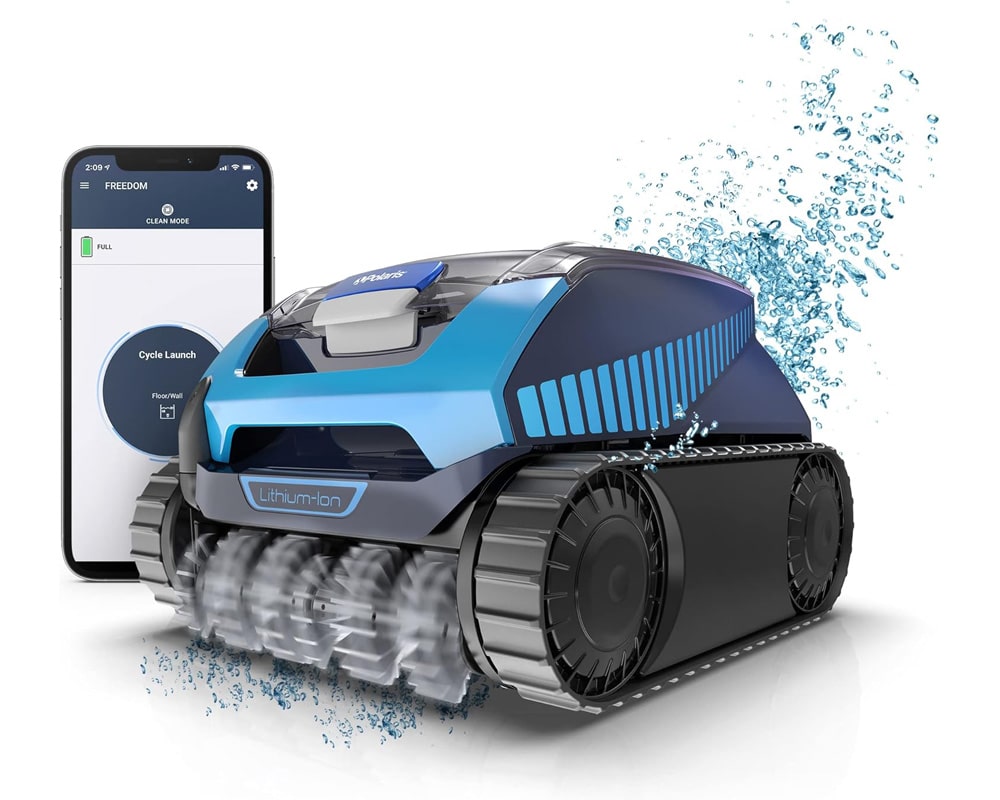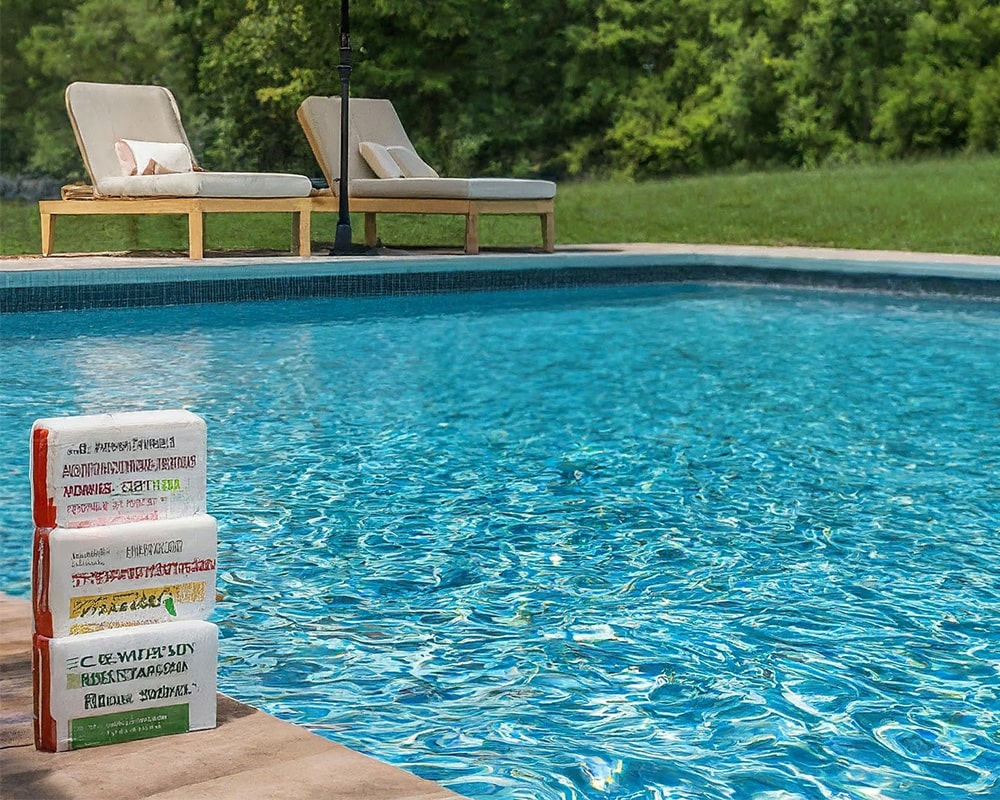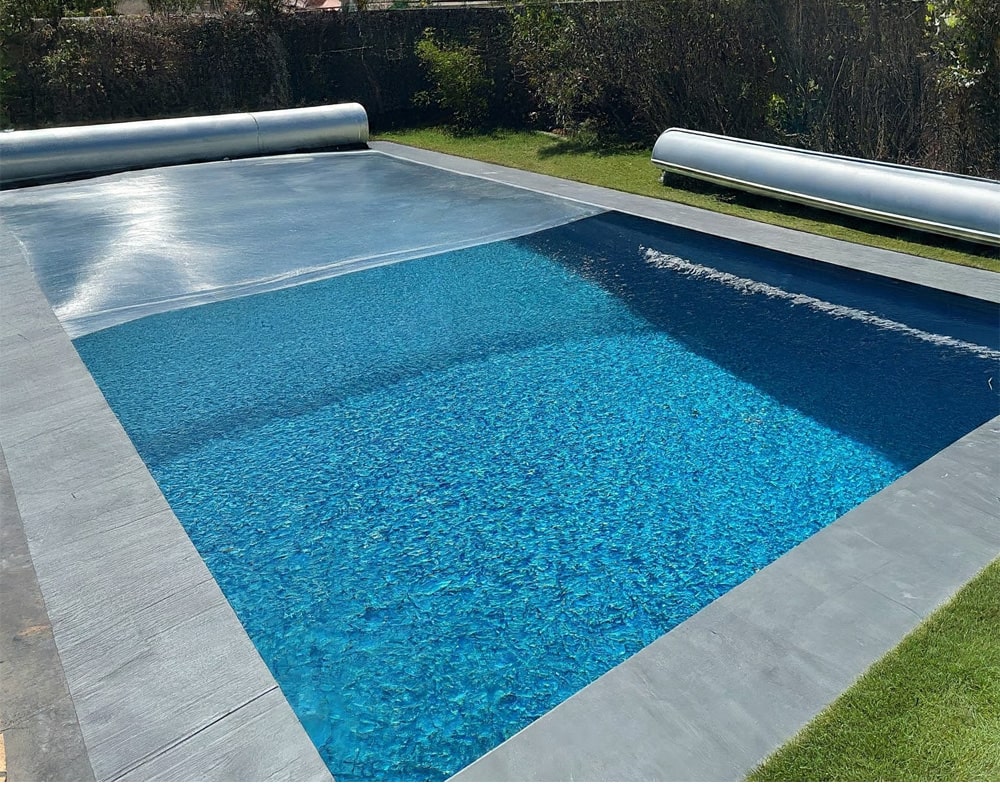The Difference Between Spa and Pool Water Chemistry
Posted: February 25, 2022
If you own a pool and spa, you may be tempted to treat the two bodies of water the same when it comes to water chemistry. You may even throw some pool pH down into the spa with no problem whatsoever, but there are many differences between pool and spa water that require us to treat them differently. Let’s go through some of those differences today as we break down exactly how pool and spa water treatment vary from each other.
Smaller Body of Water + Larger Density of Users
The first reason we can’t treat spas the same as we would pools is due to the difference in volume between the two. Spas range anywhere from 150 gallons of water on the low end, to 2000-3000 gallons on the higher end. This range doesn’t clock in anywhere near the 25,000 gallons of water your average residential pool contains. This huge difference in volume is going to change all the amounts and concentrations of the chemicals we need to add. Think pounds and pounds of chemicals for the pool, and teaspoons of chemicals for the spa.
The smaller amount of water in a spa in proportion to the space taken up by the bathers will also cause the spa to go through chemicals at a much higher rate than most pools. In fact, having just four bathers in a 400 gallon hot tub would be the same as having approximately 250 swimmers in a 25,000 gallon swimming pool. Imagine how much you would have to rebalance your water chemistry after that pool party!
The “Hot” in Hot Tub
Most residential pool owners will keep their pool temperature between 78 and 82 F, while spa owners will more likely keep their temp around 102 F, with a recommended max temperature of 104 F. Rising temperatures, in addition to chewing through sanitizer at a higher rate, will also increase the likelihood of growing harmful bacteria in the water that can cause skin rashes and ear infections. This is why it is important to keep a closer eye on your spa’s sanitizer level.
The heat in the spa will make it easier for calcium to fall out of solution and form crusty calcium deposits on the surface of the spa. This is why the recommendations for calcium hardness levels differ between pools & spas. For spas, it is recommended to keep a calcium level of 150-250 ppm (parts per million), and for pools it can be between 200 and 400 ppm.
Bromine vs Chlorine
Chlorine is the most popular sanitizer for pools and spas and is available in many different forms and brands. It has withstood the test of time and will most likely continue to be the sanitizer of choice for many years to come. However, there are some drawbacks. If you are using chlorine in an indoor spa, improper chlorine maintenance could result in the build up of combined chlorine. This combined chlorine can produce a strong ‘chlorine smell’ that is also responsible for irritated eyes and skin. If your spa is outdoors, you should reach for a stabilized form of chlorine such as dichlor or trichlor to slow down the rate at which the sun degrades your chlorine.
One of the other sanitizing options for spa users is bromine, a chemical very similar to chlorine, but that may have some specific advantages for spa users. While chlorine works best when you have your pH dialed in correctly and doesn’t work so great when you don’t, bromine is much more effective with poor or non optimal pH levels .
While chloramines (combined chlorine) cause problems with water chemistry, bromamines are virtually just as good at sanitizing as free bromine. These same bromamines don’t tend to produce the unpleasant odor chloramines do, are less irritating to the eyes and lungs, and stick around longer in hot spa water than unstabilized chlorine.
Now that you know the differences in water care between pools & spas, use this knowledge to dial in the best way to care for your spa this winter! Use these recommended ranges to get started.
Spa Recommended Ranges
- Free chlorine: 3 to 5 ppm
- Combined chlorine: 0 ppm
- Bromine: 4 to 6 ppm
- pH: 7.4 to 7.6
- Alkalinity: 80 to 120
- Calcium: 150 to 250



